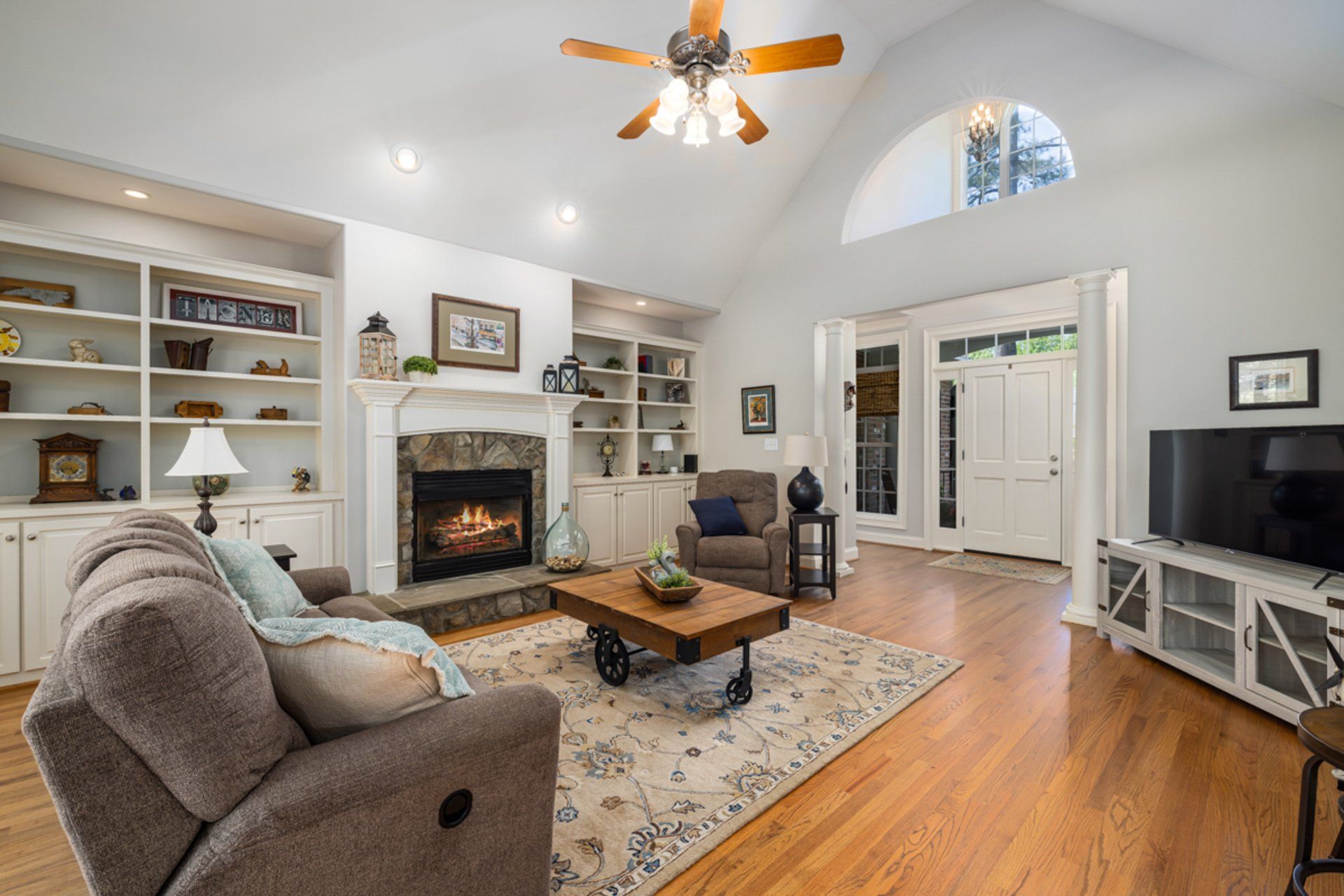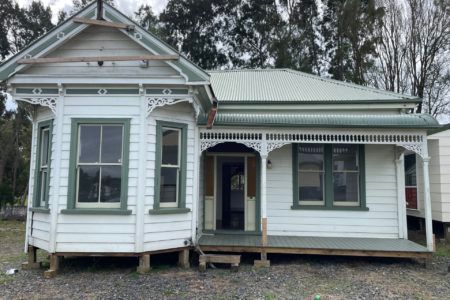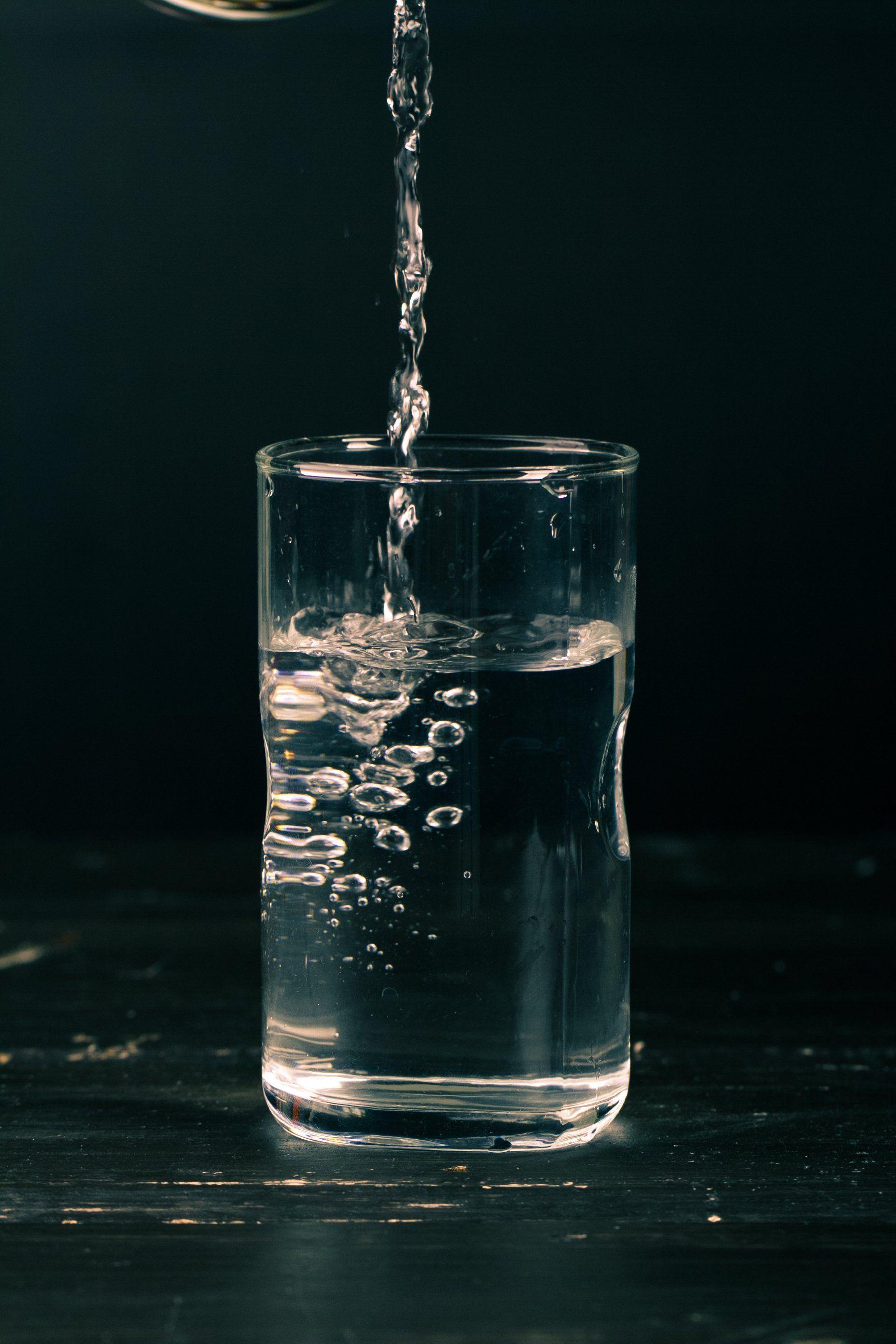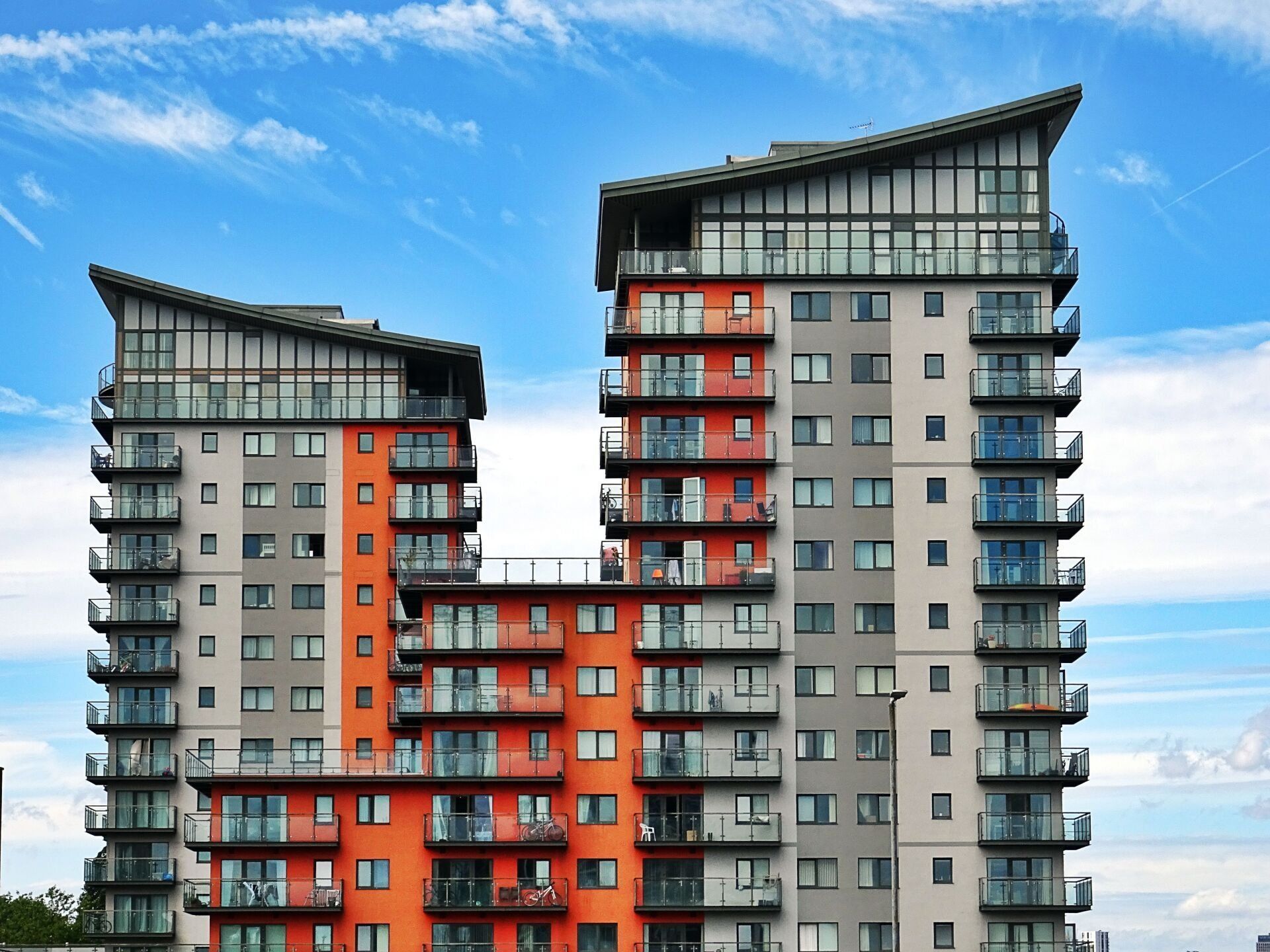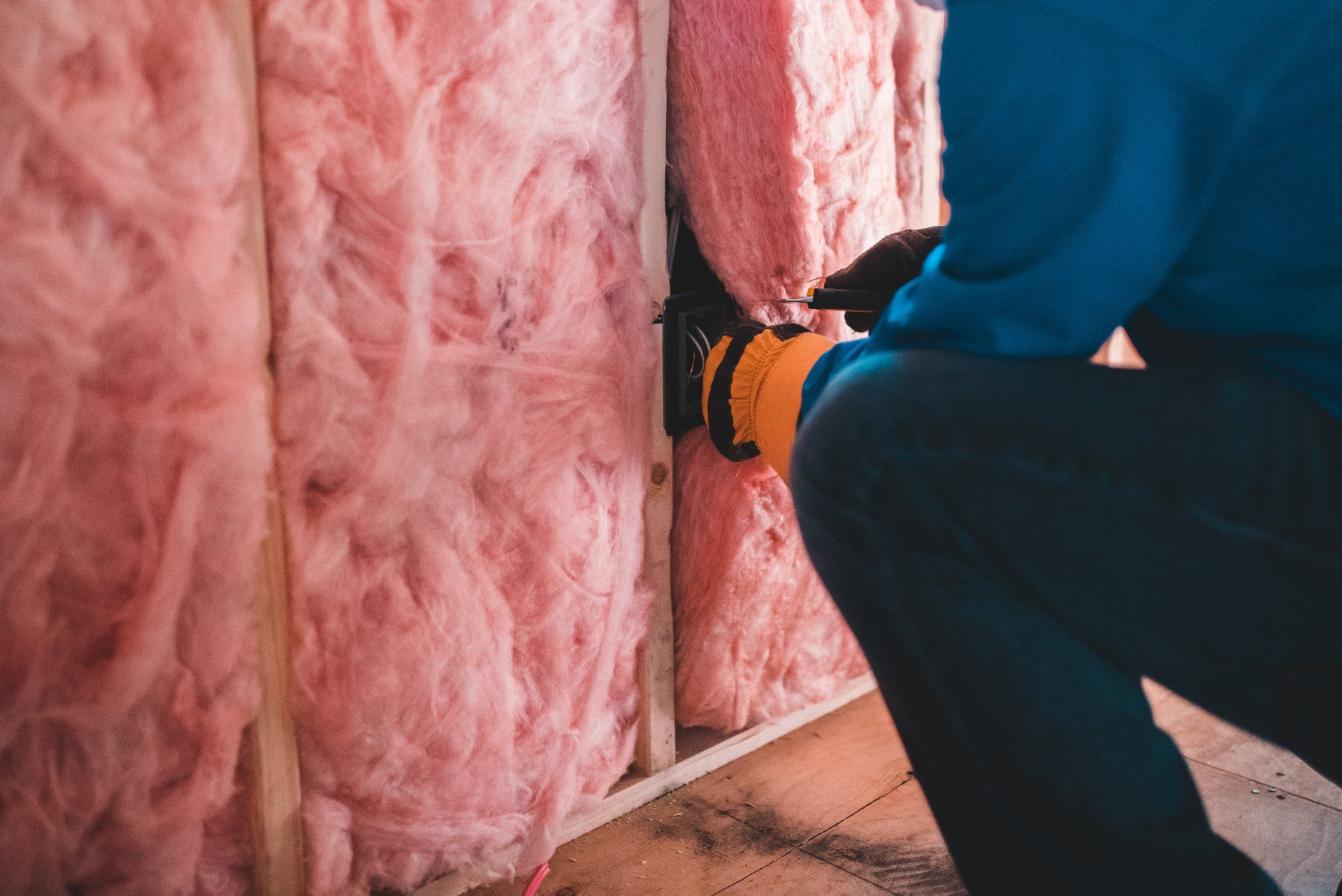The Importance Of Drainage
The Importance of Drainage
As we all know rainwater can cause major problems to a home. Handling the rainwater correctly to prevent problems with your home is very important. Having suitable drainage around the house outside around the perimeter walls is vital.
If these become blocked, flooding can occur and water entering the home can result. The ground around your home should slope away from the house on all sides so as not to cause overloading of the perimeter drains.
The rain, snow, melting hailstones and frost that lands on the roof is moved away from the house by the gutters and down pipes to the public stormwater drains.
Keeping the gutters clear of leaves and dirt so that they function well is one of the best pieces of maintenance a homeowner can do. Blocked gutters can force the water back under the soffit and into the walls causing dampness and rot to the cladding, faming, and interior lining. Keep trees well away from the roof and gutters by regular pruning.
Not only will this help prevent leaves falling into the gutters it will allow more sunlight to help warm and dry the roof and cladding. The roots of trees too close to the house can also block and damage drainage pipes and can crack the concrete foundations, paths, and driveways.
Rainwater that falls on paths, driveways and other outside areas is normally collected in a drain which is like a basin in the ground. This traps silt and debris before the water flows to the public stormwater drain. Drains block if the silt leaves and debris is not cleaned out from time to time. Apart from the oblivious damage caused by flooding, ground water can cause dampness when the exterior cladding is in contact with the ground.
The cladding can soak up the water (a slow version of a paper towel) and cause dampness, rot and mould. A common mistake is to have flower beds around the house where the soil touches the bottom of the cladding or even is built up above the bottom of the cladding.
This needs to be avoided and removed if they exist as damage to the house will result. The wastewater from the house is separate to the stormwater system as this needs to be treated to remove the nasties before it is
discharged to the sea or our waterways.
The wastewater comes from the W/C, laundry, baths, showers, and kitchens. Wastewater is discharged to the public wastewater system via a gully trap which has a water seal to prevent foul odours reaching the surface.
Gully trap
If a wastewater trap becomes blocked the waste can overflow and obviously create a health problem. Being careful not to have grease and food waste go down the kitchen sink and avoiding non-soluble materials flushed down the W/C can help reduce this risk. Looking after the drainage of your home will help keep the house and its occupiers dry and healthy.












